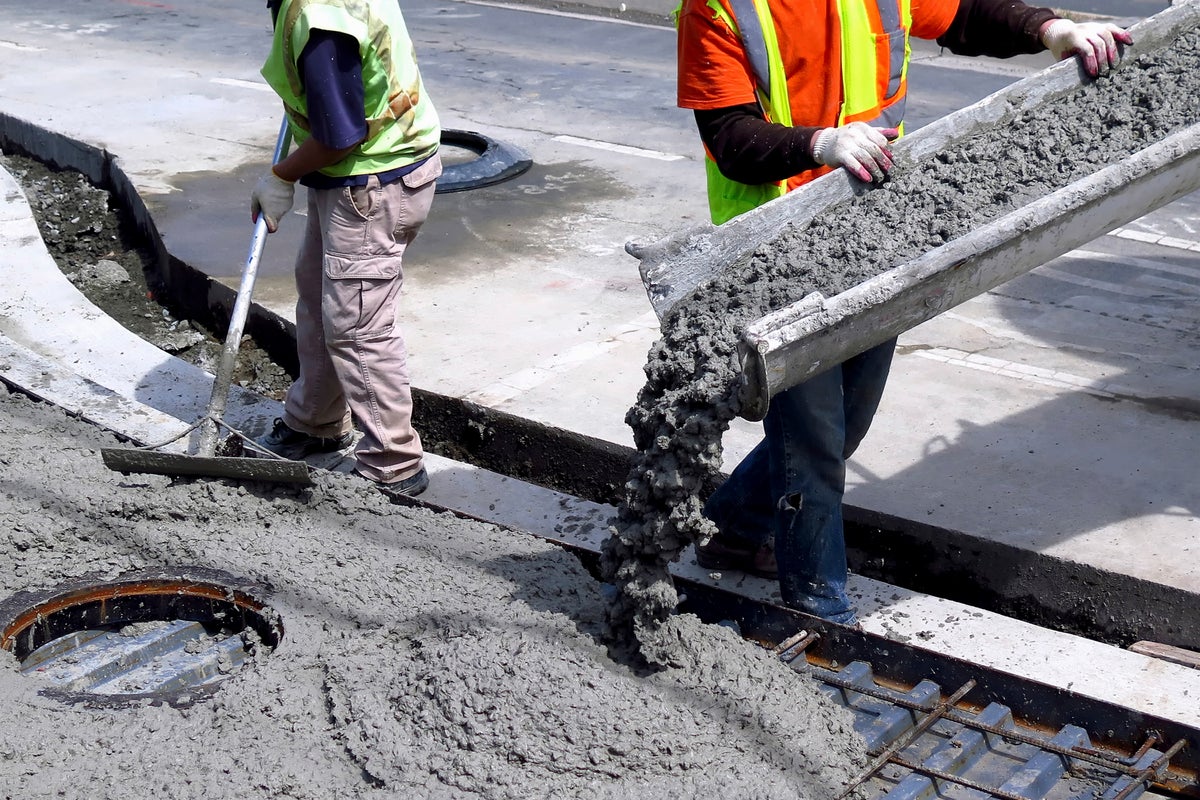A California company says it has developed a novel way of making concrete that doesn’t contribute to global warming
Its trick is twofold.
The first has to do with ingredients. The production of traditional Portland cement — concrete’s main ingredient — requires manufacturers to break down limestone into usable calcium oxide. That typically emits carbon dioxide.
What C-Crete Technologies does instead is to use naturally occurring, abundant rocks — such as zeolite — whose processing does not produce carbon dioxide.
The second step has to do with heat: C-Crete Technologies can manufacture its cement substitute at room temperature. That makes a huge difference, given that cement is typically produced in kilns that reach a scorching 2,600 degrees Fahrenheit, which requires a massive amount of energy.
Rather than kilns, C-Crete Technologies uses industrial milling to pulverize rock ingredients into fine dust for final mixing.
From then on, it’s just normal concrete chemistry. As it cures, calcium oxide from the concrete catches carbon dioxide from the air and merges with it to become calcite.
Wow! That would be a paradigm shift for cement-derived CO2 emissions, which is a lot…8% of total CO2 emissions, looks like.
Let’s mitigate.
Huh, got this little tidbit:
“Cement is the most widely-used substance on Earth after water.”



